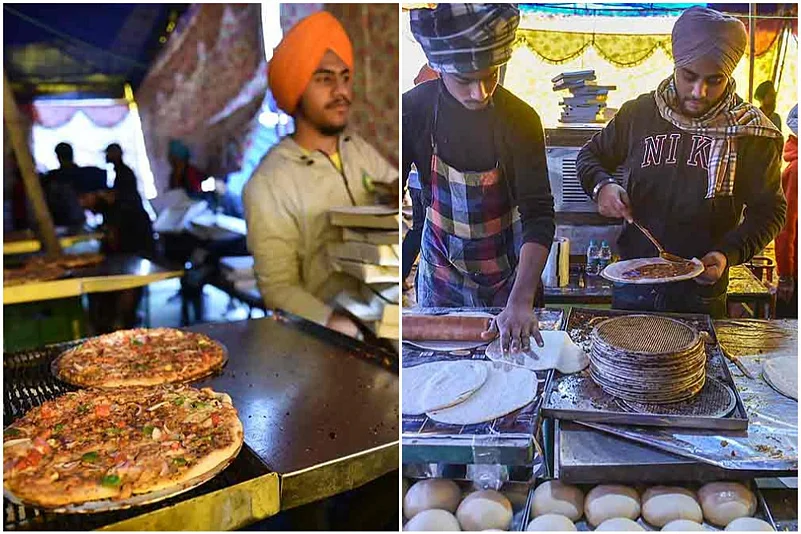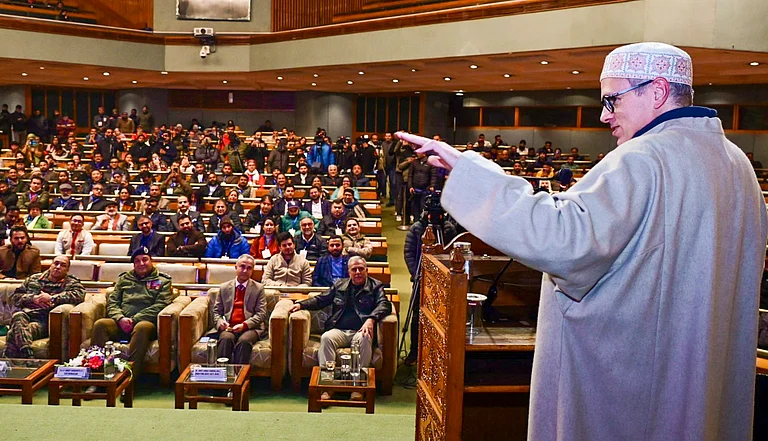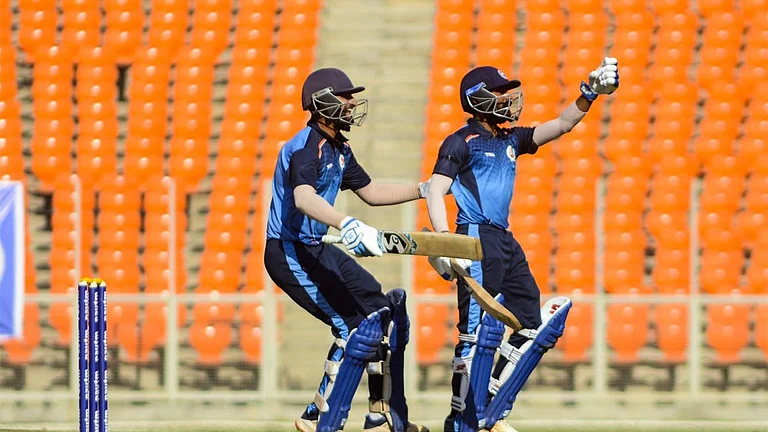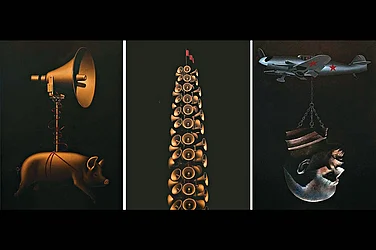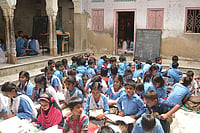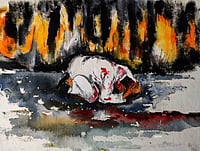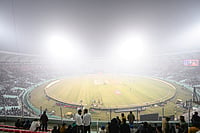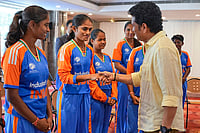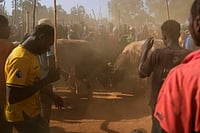The Narendra Modi government on Friday announced the decision to repeal three contentious farm laws, bringing an end to months of protests by farmers across India. As news of the announcement broke across protest sites in Singhu, Tikri and Gahzipur borders outside Delhi, farmers broke out in celebration with sweets being distributed across sites. In Ghazipur border, images of farmers making and serving Jalebis to protesters went viral.
The images once again highlighted an important aspect that defined the farmer protests for many months - food.
When the farmer protests began, no one had thought of food. After all, thousands of protesters sitting in protest for days on end to fight against the farm laws required regular and healthy meals.
That is when the Sikh tradition of Langar came to the rescue. Within hours of the protesters setting up camps in protest sites, many came forward to prepare hearty meals for protesters in the form of Langar. Within days, protesters had set up bread making machines and instilled systems to ensure the preparation and delivery of food to protesters.
What is Langar?
The Sikh tradition of Langar talks about feeding the hungry before they feed themselves and is an intrinsic part of Sikhism. The philosophy of Langar is based on inclusion and unity that helps everyone in times of hunger. With an emphasis on the importance of collective effort, the purpose of Langar is to bring the community together in order to feed the hungry and serve the needy. Langars are usually held inside gurudwaras and are open to all and constitute one of the most revered institutions of Sikh philosophy, religion and culture.
The philosophy of langar became an intrinsic part of the farmers' protest as it was through these langars that thousands of protesters were fed hearty meals for free, day after day.
What started as a necessity soon turned into yet another aspect of protest and creativity. While 'Langar' means community kitchen and usually refers to the distribution of food, the farmer protests saw several types of langars.
Residents of Bhainswal village, for instance, did their part by supplying milk every day to the Ghazipur border. Others distributed books and medicines. The farmers' agitation also helped Jats and Muslims mend fences.
As the three new farm laws get repealed, Outlook looks at the different Langars which took place during the farmer’s protest.
Pizza Langar
The ‘pizza langar’ was organised by a group of five friends from Amritsar. This langar had gathered both compliments and criticisms from across the country. According to reports, the pizzas for this langar were bought from a mall in Haryana mall. They distributed around 400 pizzas to the farmers and the residents of the nearby area. While the farmers and protesters were trolled incessantly for the 'Pizza Langar', organisers responded by saying that if farmers can provide the dough, then they can also eat the pizza. The organisers later clarified that they didn’t have enough time to organise lentils and chapati, so they came up with this idea. Pizzas eventually became a regular food item at protest sites with organisers and volunteers setting up stalls to cook the pizzas on the spot and serve it to protesters. Hashtags like #NoFarmerNoPizza also became vital on social media.
Golgappa Langar
The golgappa langar was organised on Chritmas day which was a big hit among the farmers. A group of seven firemen from Sirsa in Haryana had organised this langar and they distributed free ‘gol gappa’ at the farmers' protest site in Singhu border.
Almond Langar
Two NRI brothers served almond langar to the farmers at the the border. The almonds were sent by California-based Tut brothers in the U.S. The Tuts one of the biggest almond producers in the U.S. and they had been supplying protesters with the dry fruit for free through their trusted friends. Some other philanthropists also sent dry fruits to the protest site and even cashew nuts and raisins were distributed.
Blanket Langar
With temperatures dropping last winter, Khalsa Aid, an international NGO, had organised a blanket langar to protect protesters from the cold. They distributed blankets, thermal innerwear and woollen socks among other things.
Library Langar
Gurinder Singh, an Oxford University graduate, had organised this langar to keep young farmers engaged and productive. While demonstrating for days in makeshift protests sites, the need to engage the protesters in productive activities was felt. A common space was, therefore, arranged at the site of the protest so that some reading, debates and discussions could take place. This space also served as the 'sahitya corner' where volunteers taught nearby slum children.
Ambulance and Health Langar
Ambulances and various health check-up centres were run by volunteers from Punjab which became a common sight at the Singhu border. Many MBBS students from Amritsar were there doing ‘sewa’ for the farmers.






